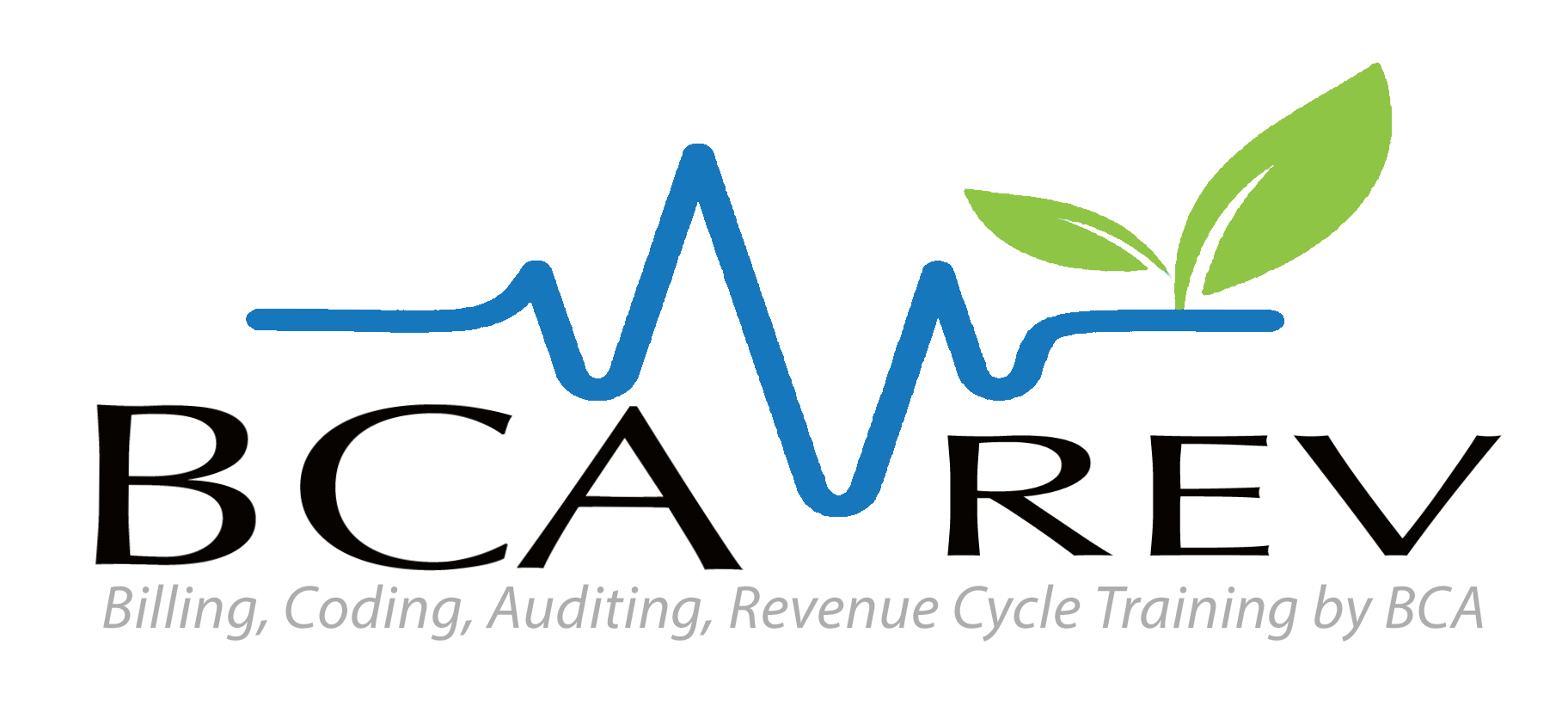In FQHCs nationwide, UDS reporting is often thought of once a year and is generally a bad word muttered by CFOs and IT staff. However, it doesn’t have to be so difficult or segregated to such a small reporting team. Many teams are relying heavily on the reporting generated by their EMR system, which may be flawed if the correct data isn’t being captured. FQHC clinicians are committed to delivering quality care, but often their quality of care isn’t being reported accurately. The following details provide some solutions that can help solve UDS quality reporting issues by engaging your coding team.
Coders are a key piece missing in our UDS reporting equation, especially for measures on Table 6A, 6B, and 7. In our experience of working with FQHCs, it is evident that coders often do not know much at all about UDS reporting, or that they can influence the outcome of quality metrics. By applying consistent policies and procedures for UDS reporting, coders can greatly impact the translation of clinicians’ care into strong measurable outcomes.
For example, frequently noted in FQHC data, I10 is the only reported code for hypertension. Did you know that the measure on Table 7 is only looking for patients that have essential hypertension (I10)? Appropriate coding instructs coders to assign a different code (I11.x, I12.x or I13.x) when hypertension exists in the setting of heart failure and/or CKD. By having a solid understanding of the HIPAA mandated ICD10CM guidelines, coders can use correct diagnosis coding to assist clinics in the removal of patients that have underlying conditions from their measurement population.
Additionally, the review of UDS measures should be part of ongoing processes and not just considered annually. Through the review of quality measures, no less than quarterly and based on the excellent data coders are providing, clinics will be able to make real changes in their patient outcomes.
Clinics are encouraged to proceed with caution and tackle only one or two measures at a time to prevent this from becoming an overwhelming project. Involving a larger team in your measurement process will help reduce stress in an FQHC the first six weeks of each year and improve the quality of care your team is delivering.

